




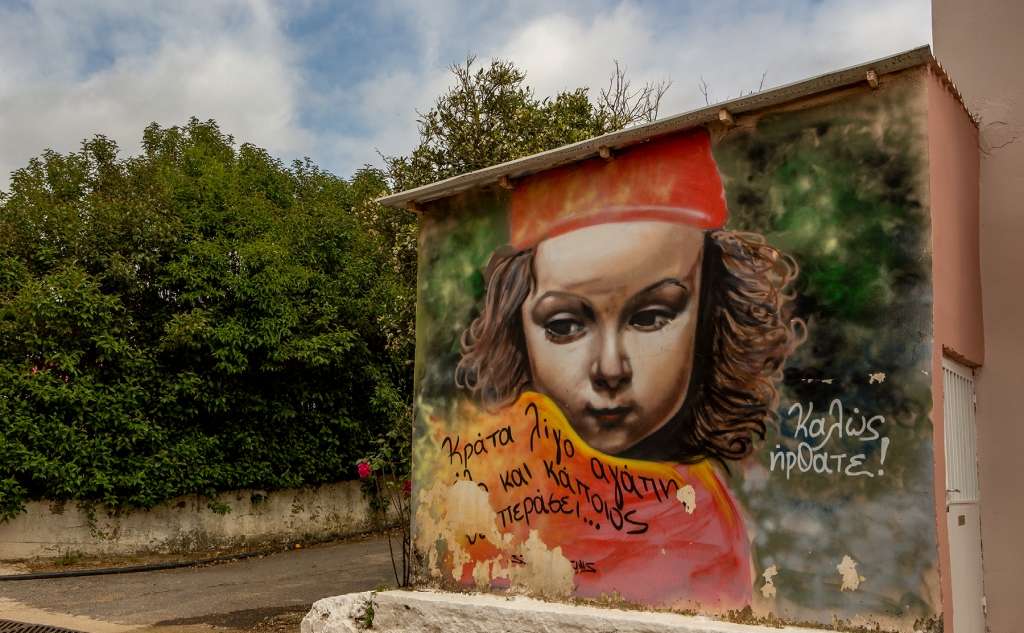

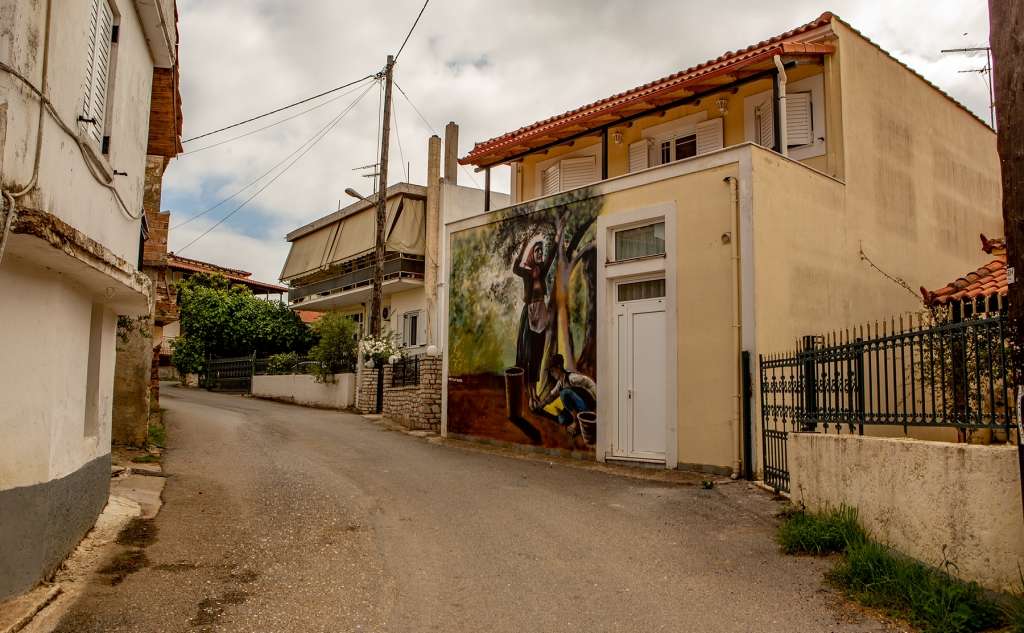
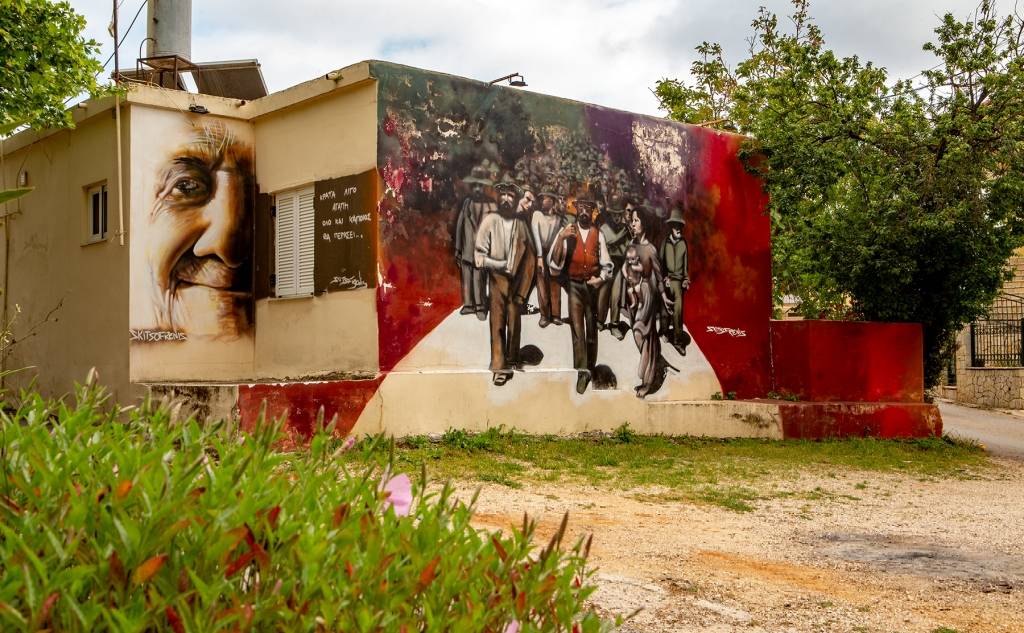
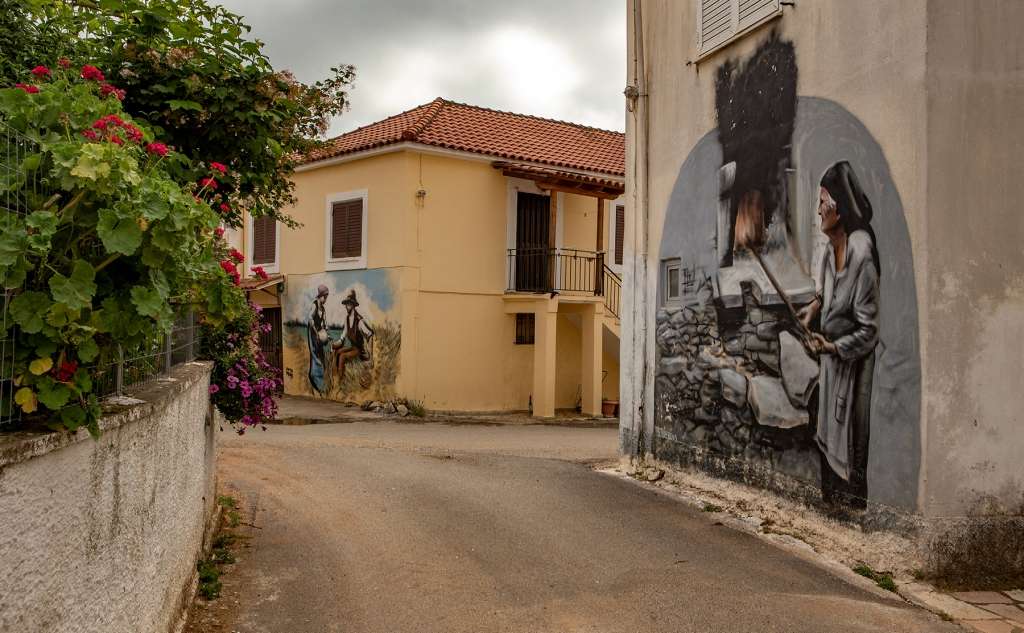

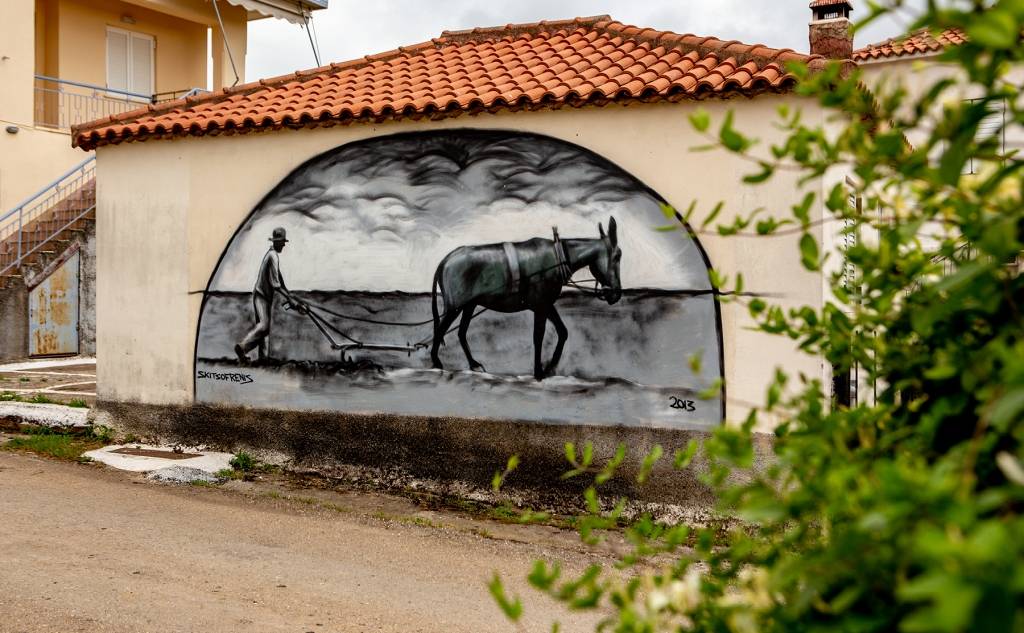
The semi-mountainous village of Glyfada was built at an altitude of 300 metres and was formerly known as Karamanolis. It is 14 kilometres from Chora and 20 from Pylos, while it has approximately 200 permanent residents. In ancient times, the settlement area was part of Nestor's kingdom, the kingdom of ancient Pylos.
During the period when the broader area of Pylia was under the Second Ottoman occupation (1715-1821), the area belonged to Kazas Navarinos. The area of Karamanolis and the village of Kato Papoulia were referred to as Papla or Aga in Ottoman Turkish.
In Glyfada, visitors can see the traditional houses, as well as the old Primary School that was built in 1924. The church of the village is the church of Agia Marina, which celebrates on July 17th, and a folk festival is held every year. The Glyfada Folklore Museum, which is a donation from the Stavros and Nikis Hantzis family, is also in the village. Since 2004, the museum has been housed in the building of the old Primary School, and the visitor here can see various exhibits of daily use, tools, photographs, old books, etc.
Every year, the Cultural Association organises the "Festival of Wheat", where visitors can watch how threshing was done with horses and how the flour came out of the small manual mill. During the celebration, various local dishes are also offered, such as pies, embroidered loaves of bread, sweets, etc.
In recent years, at the initiative of the local association, Glyfada has been transformed into an open museum of modern graffiti artworks, which are inspired by the rural life of the village (harvest, baking bread in the wood-fired oven). The outdoor gallery consists, until today, of 22 graffiti, and their creator is Kostis Louzis from Kalamata, known as Skitsofrenis.